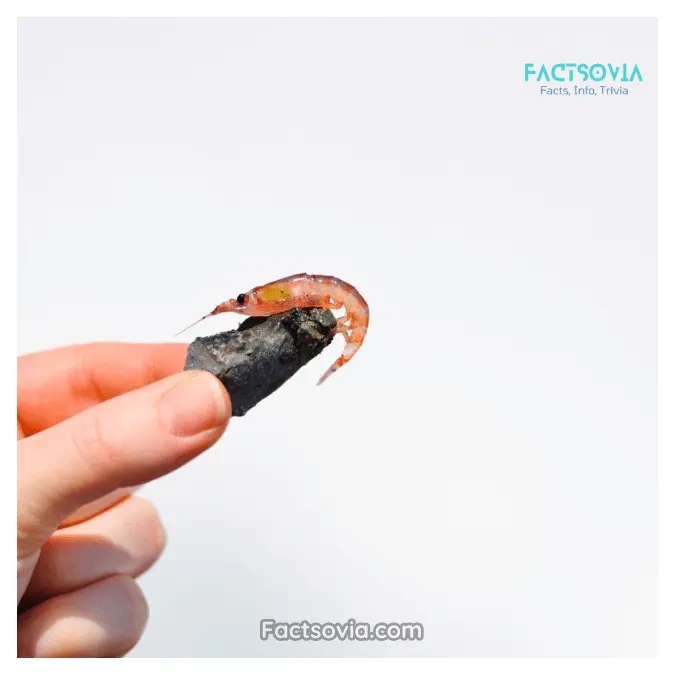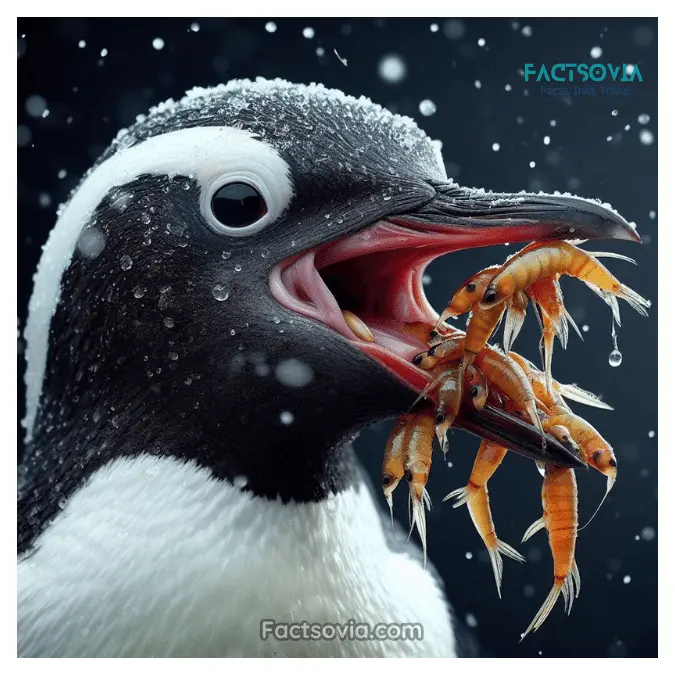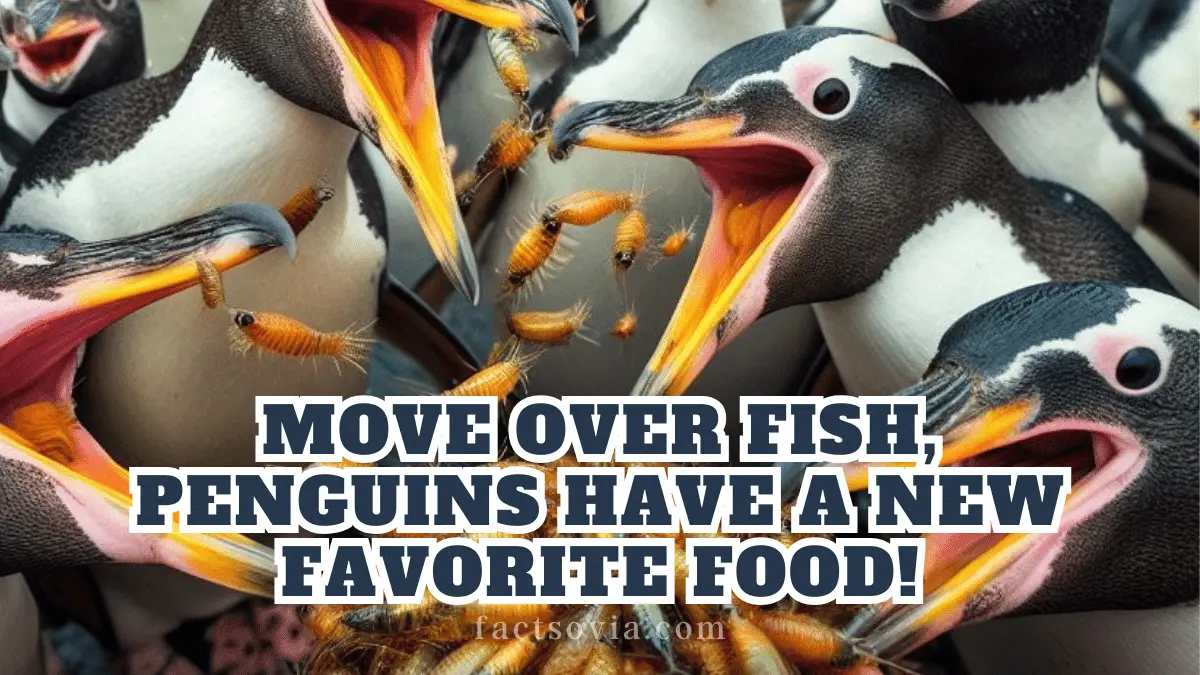We use affiliate links to run our site. When you buy through links on our site, we may earn an affiliate commission, without any added cost to you. Learn more
When we think of penguins, the image of these adorable birds waddling across icy landscapes often comes to mind. But what fuels these remarkable avian athletes? While fish might dominate their menus, there’s a secret ingredient that plays a crucial role in a penguin’s diet – krill.
What Are Krills?
Krill are tiny, shrimp-like crustaceans that inhabit the cold waters of the Southern Ocean, making them a staple food source for a variety of marine life.

These minuscule creatures might not seem like much, but they pack a nutritional punch that is vital for the survival of penguins, particularly those living in the harsh Antarctic environment.
| Taxonomic Rank | Classification |
|---|---|
| Kingdom | Animalia (Animals) |
| Phylum | Arthropoda (Arthropods) |
| Subphylum | Crustacea (Crustaceans) |
| Class | Malacostraca (Malacostracans) |
| Order | Euphausiacea (Krill) |
| Family | Euphausiidae (True Krill) |
| Genus and Species | Euphausia spp. (Various Krill Species) |
Why Krill Matters to Penguins
Krill is a nutritional powerhouse, and here’s why it’s so essential for penguins:

- Rich in Protein: Krill is loaded with high-quality protein, which is the building block of a penguin’s muscle, feathers, and overall growth. For penguin chicks, who need rapid development, krill provides the necessary protein boost.
- Energy Source: The cold waters of the Antarctic can be unforgiving. Penguins need a high-energy diet to withstand the harsh conditions. Krill, with its calorie-dense composition, provides the energy these birds require for their long foraging trips and breeding responsibilities.
- Omega-3 Fatty Acids: Krill is a fantastic source of omega-3 fatty acids, which are essential for maintaining a penguin’s sleek and waterproof plumage. It helps them stay warm in icy waters and prevents their feathers from becoming waterlogged.
- Feeding the Whole Family: Penguins that feed on krill can cater to the diverse dietary needs of their colonies. It’s suitable for both adults and their growing chicks, making it a versatile and accessible food source.
- Abundant and Accessible: Krill populations are vast and relatively easy for penguins to catch. Penguins can scoop them up in large quantities, making krill an efficient and convenient choice.
Challenges to Krill Availability
While krill plays a vital role in a penguin’s diet, these tiny crustaceans face their own set of challenges. Climate change and overfishing in the Southern Ocean can impact krill populations. A decrease in krill availability can have severe consequences for penguins, who rely on these creatures to nourish their colonies.
Final Thoughts:
So to summarize, krills are not just tiny sea creatures, but a potent superfood that sustains the marine ecosystem and keeps our beloved penguins thriving. Their nutritional value is exceptional and their contribution to marine life is indispensable.
Feel free to share this post with your circle to spread awareness about these unlikely heroes of nutrition. For more enlightening articles about the wonders of nature and its inhabitants, continue exploring our site.
Remember, every bit of knowledge gained prompts action towards preserving our environment – let’s start by appreciating the humble krill!
Amazon and the Amazon logo are trademarks of Amazon.com, Inc, or its affiliates.
